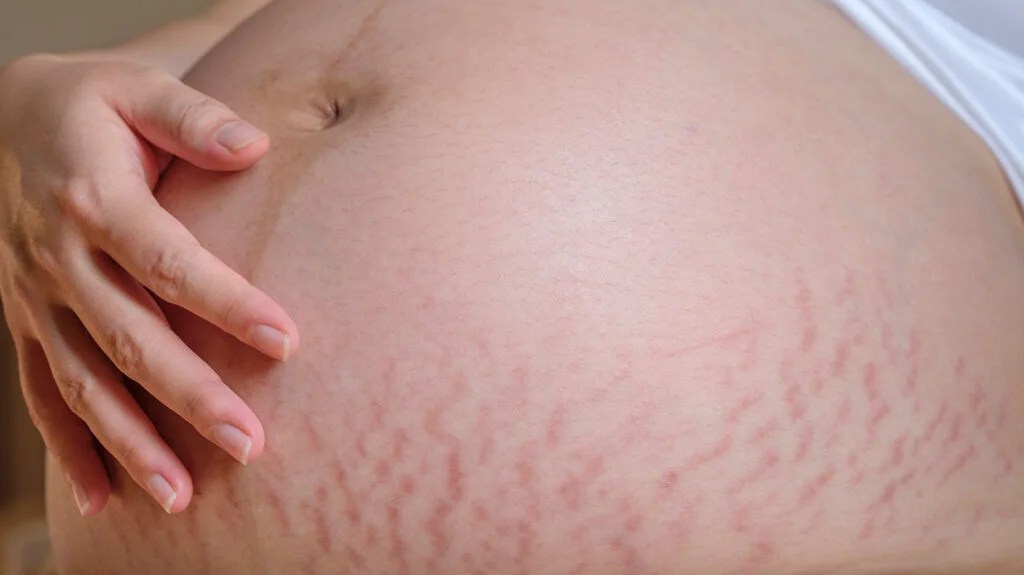Stretch marks are a common concern that affect people of all skin tones and body types. Whether triggered by growth spurts, pregnancy, rapid weight changes, or even bodybuilding, these streaks can appear on the stomach, thighs, arms, and hips. While stretch marks are completely harmless and natural, many individuals look for ways to minimize their appearance for aesthetic reasons. Laser therapy has emerged as one of the leading solutions for this issue, and the question often arises: do stretch marks truly respond to laser removal? The answer lies in understanding the science behind stretch marks and how laser treatments work. Many people seek Stretch Marks Removal Dubai as a solution to regain smoother-looking skin and restore their confidence.
Understanding Stretch Marks
Stretch marks, medically known as striae, are a form of scarring that occurs when the skin is stretched beyond its elastic limits. This stretching causes the middle layer of the skin, known as the dermis, to tear slightly. As the skin heals, a scar in the form of a stretch mark appears.
Why Laser Therapy?
Laser technology has made significant strides in dermatology and aesthetic treatments. It is widely used for skin resurfacing, pigmentation correction, scar treatment, and hair removal. In the case of stretch marks, laser therapy aims to reduce their visibility by stimulating collagen production, improving skin texture, and evening out skin tone.
Unlike topical creams or home remedies, laser therapy targets the deeper layers of skin, where stretch marks originate. This direct targeting can lead to noticeable improvements over time.
How Laser Treatment Works for Stretch Marks?
Laser treatment for stretch marks involves using concentrated beams of light to break down scar tissue and stimulate the skin’s natural healing response. The process encourages the growth of new collagen and elastin, proteins essential for keeping the skin firm and elastic.
There are two main types of lasers typically used:
Fractional Laser Resurfacing
This method creates tiny wounds in the skin by targeting specific areas with a laser. The surrounding tissue remains untouched, which speeds up healing. This approach is especially effective for mature stretch marks that have turned white or silvery.
Pulsed Dye Laser (PDL)
This technique is commonly used on new stretch marks that still appear red or purple. It works by targeting blood vessels under the skin, reducing inflammation and discoloration. Over time, the stretch marks become lighter and less prominent.
Both laser types aim to remodel the affected area by boosting skin regeneration from within. Depending on the severity of the marks, a combination of laser types may be recommended.
Combining Laser Therapy with Other Treatments
For enhanced results, laser treatment is sometimes combined with other skin-rejuvenating therapies such as:
- Microneedling: Stimulates collagen through controlled skin punctures.
- Topical Retinoids: Applied post-treatment to support skin renewal.
- Radiofrequency Therapy: Boosts collagen using heat energy.
Final Thoughts
Stretch marks can be frustrating, especially when they appear suddenly or become very noticeable. While they are a normal part of life and pose no health risks, laser therapy offers a viable solution for those who want to reduce their appearance and feel more confident in their skin.






Comments